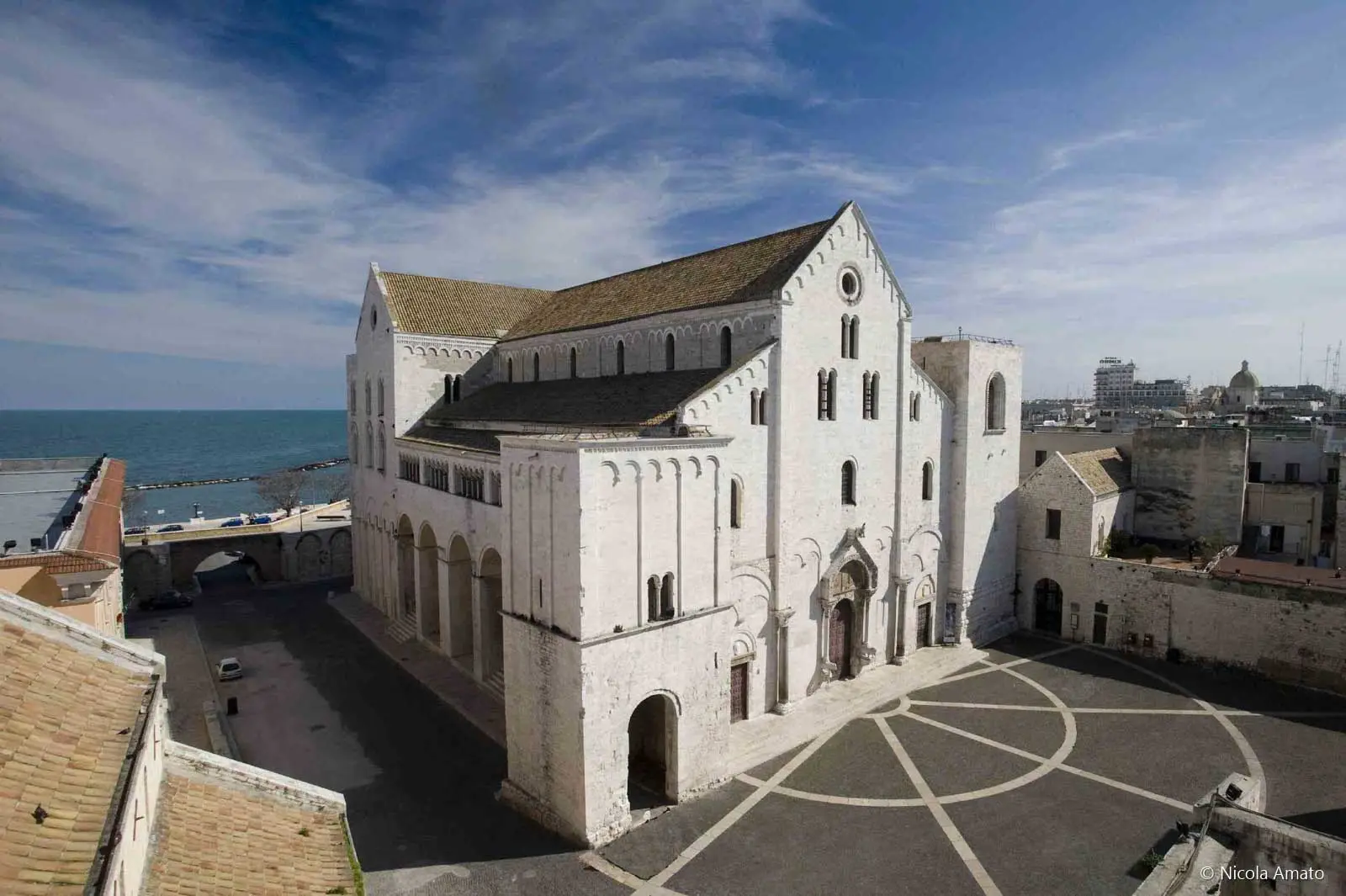Cart
8
Quantity
5,00 €
Quantity
4,00 €
Quantity
4,00 €
Quantity
5,00 €
Quantity
5,00 €
Quantity
5,00 €
Quantity
5,00 €
Quantity
18,90 €
Product You May Also Like
Payment details
Sub Total
51,90 €
Shipping
Free!
Total
51,90 €
Apply

 Strong Haiku
Strong Haiku
 Fennel Taralli
Fennel Taralli
 Classic Taste Taralli EVO
Classic Taste Taralli EVO
 Sagnette Pasta
Sagnette Pasta
 Raisin Wheat Orecchiette
Raisin Wheat Orecchiette
 Maccheroni Pasta
Maccheroni Pasta
 Country Orecchiette
Country Orecchiette
 Amore DI Puglia Pillow
Amore DI Puglia Pillow

















Leave a comment